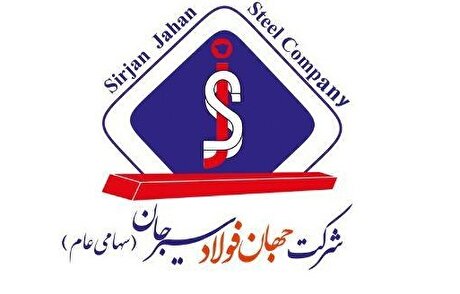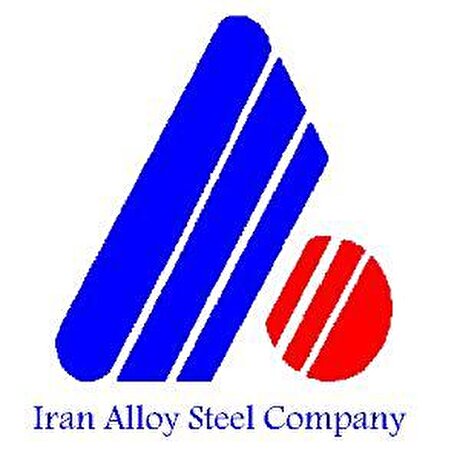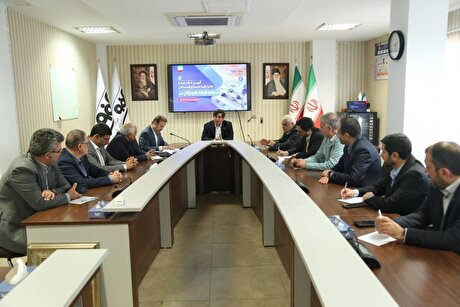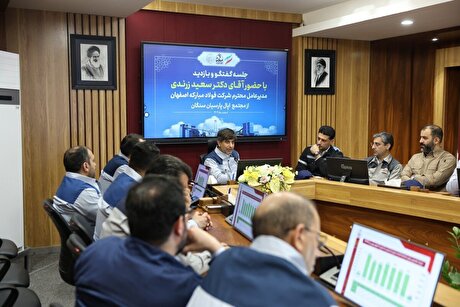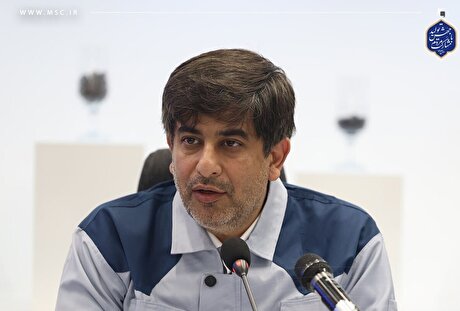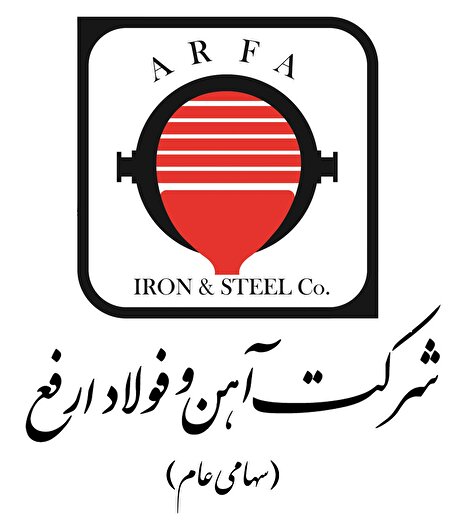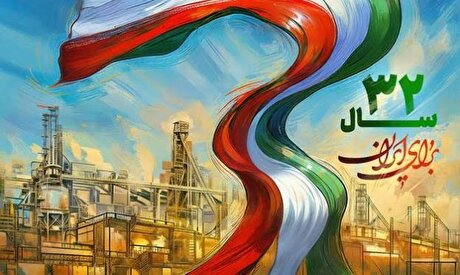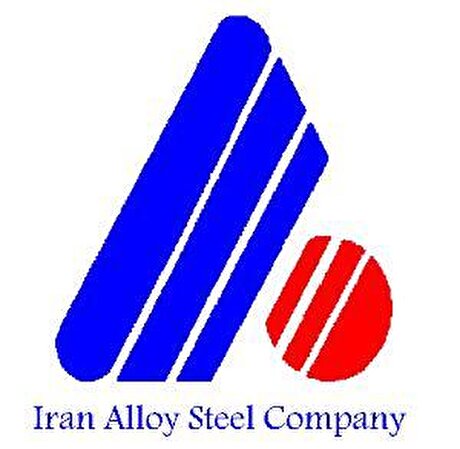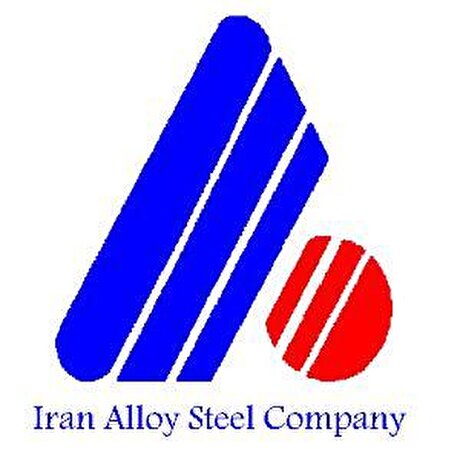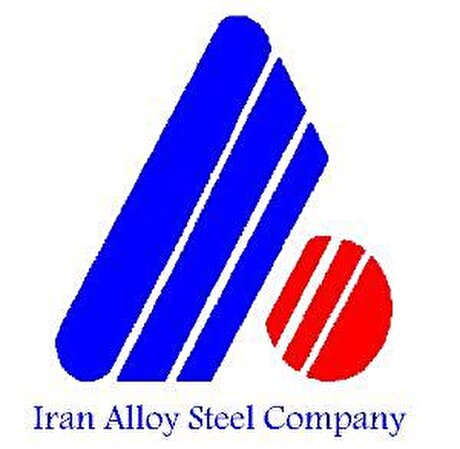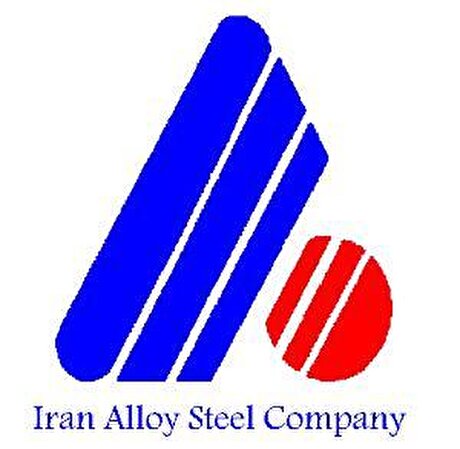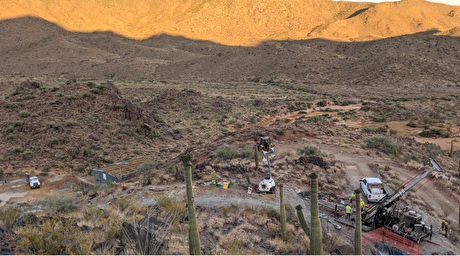
NIMA returns over €56b of export revenues to economy
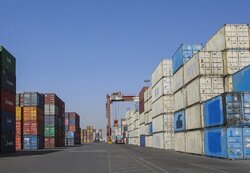
According to Hamid Zadboum, the country’s non-oil exports in the mentioned period stood at €69 billion of which so far €56.6 billion has been returned to the economic cycle, IRNA reported on Monday.
He put Iran's trade in the first four months of the current Iranian calendar year (March 21-July 22) at nearly $29 billion, with non-oil exports growing by 65 percent in value and 27 percent in weight over the same period last year.
Emphasizing that one of the most important ways of the country's economic development is to pay attention to the development of non-oil exports, Zadboum said: "The focus of the 13th government on stability in the foreign trade sector shows the importance it puts upon this sector.”
NIMA, which seeks to boost transparency, create competitiveness among exchange shops, and a secure environment for traders, is a new chance for importers to supply their required foreign currency without specific problems and for exporters to re-inject their earned foreign currency to the domestic forex market. It was inaugurated to allow exporters of non-oil commodities to sell their foreign currency earnings to importers of consumer products.
In late May 2019, the Central Bank of Iran (CBI) unveiled a directive package that provided the country’s exporters with guidelines about how they should re-inject their foreign currency incomes into the country’s economy.
Based on the directive, for the petrochemical sector, the exporters should present at least 60 percent of their foreign currency incomes into NIMA, and a maximum of 10 percent could be injected into the financial system in the form of hard currency and the rest could be used for importing necessary goods.
As for other exporters, at least 50 percent of the total earnings should be presented at the NIMA system and a maximum of 20 percent could be distributed in form of hard currency and the rest can be used for imports.
The instructions aimed to lead the export revenues from the non-oil exports back into the country’s economy through NIMA, mandate all the exporters of goods and services to guarantee to bring back to the country the foreign currency amount allocated to them by the government at lower prices than the free market.
Source: Tehran Times


Royal Gold to acquire Sandstorm, Horizon in $3.7B deal
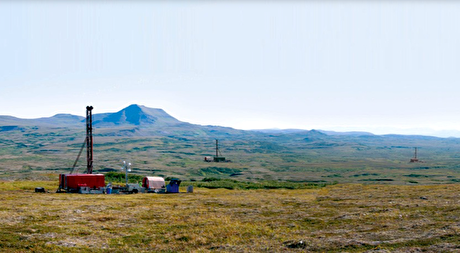
Northern Dynasty in talks to settle EPA litigation, shares hit 5-year high
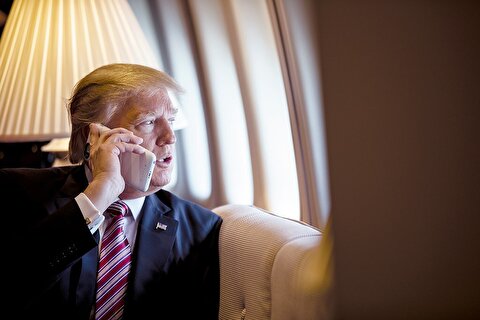
Gold price retreats to one-week low on US tariff delay
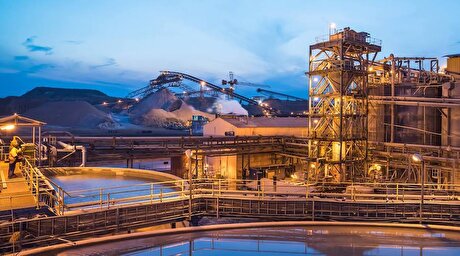
Mali to sell $107M in gold from Barrick to fund mine restart

China Rare Earth Group says executive moves at listed unit won’t affect operations

US couple could face trial over gold bars missing from 18th Century sunken ship

Torngat Metals’ rare earths project revival aims to create ‘a new industry in Canada’ CEO says
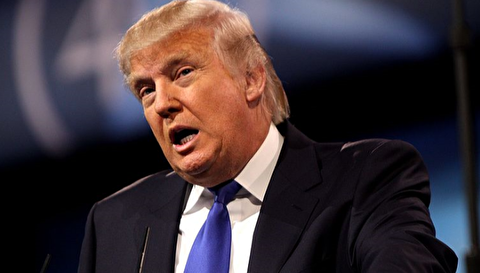
Copper price soars to record as Trump announces 50% tariff
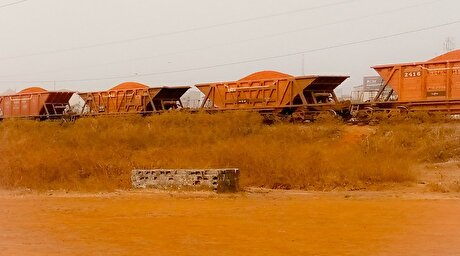
Guinea bauxite exports up 36% on Chinese demand
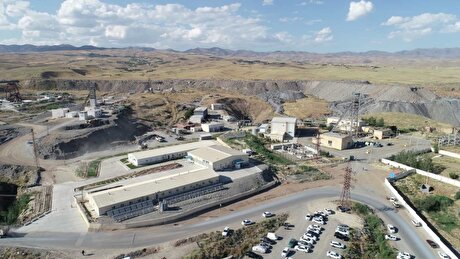
Navoi saw first half output value double on higher gold prices

Fatalities rise for second year in global mining sector

Taseko more than doubles value of Yellowhead project near Gibraltar

McFarlane Lake expands portfolio with $22M buy from Aris
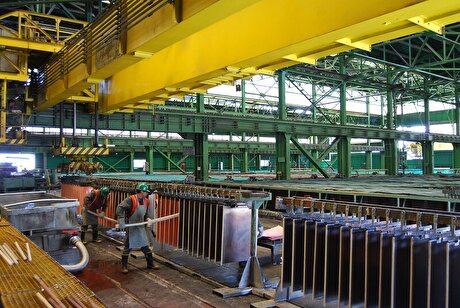
Smelter mishap stokes shutdown push at Codelco

Copper output at Ivanhoe’s Congo mine jumps in second quarter
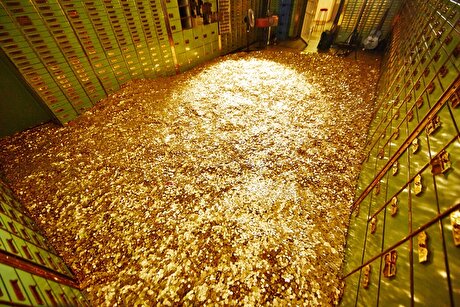
Gold ETFs drew largest inflow in five years during first half of 2025, WGC says
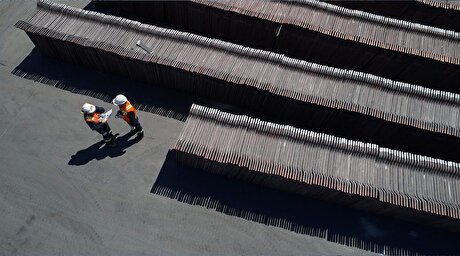
Glencore to sell Philippine copper smelter to Villar family

Mali to sell $107M in gold from Barrick to fund mine restart
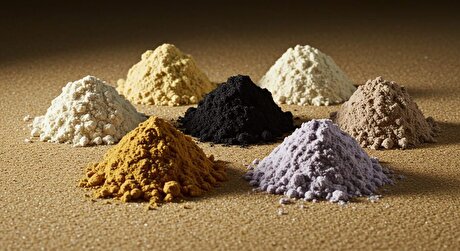
EU prepares to stockpile critical minerals in case of war: FT

Navoi saw first half output value double on higher gold prices

Fatalities rise for second year in global mining sector

Taseko more than doubles value of Yellowhead project near Gibraltar

McFarlane Lake expands portfolio with $22M buy from Aris

Gold ETFs drew largest inflow in five years during first half of 2025, WGC says

Mali to sell $107M in gold from Barrick to fund mine restart

EU prepares to stockpile critical minerals in case of war: FT
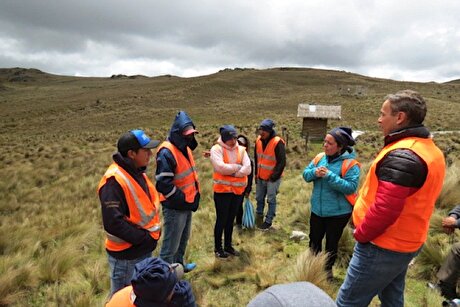
Dundee receives environmental OK for underground gold project in Ecuador
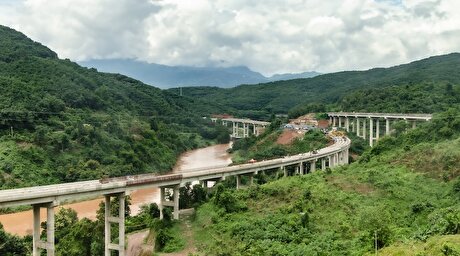
China’s mining investment sets new record

